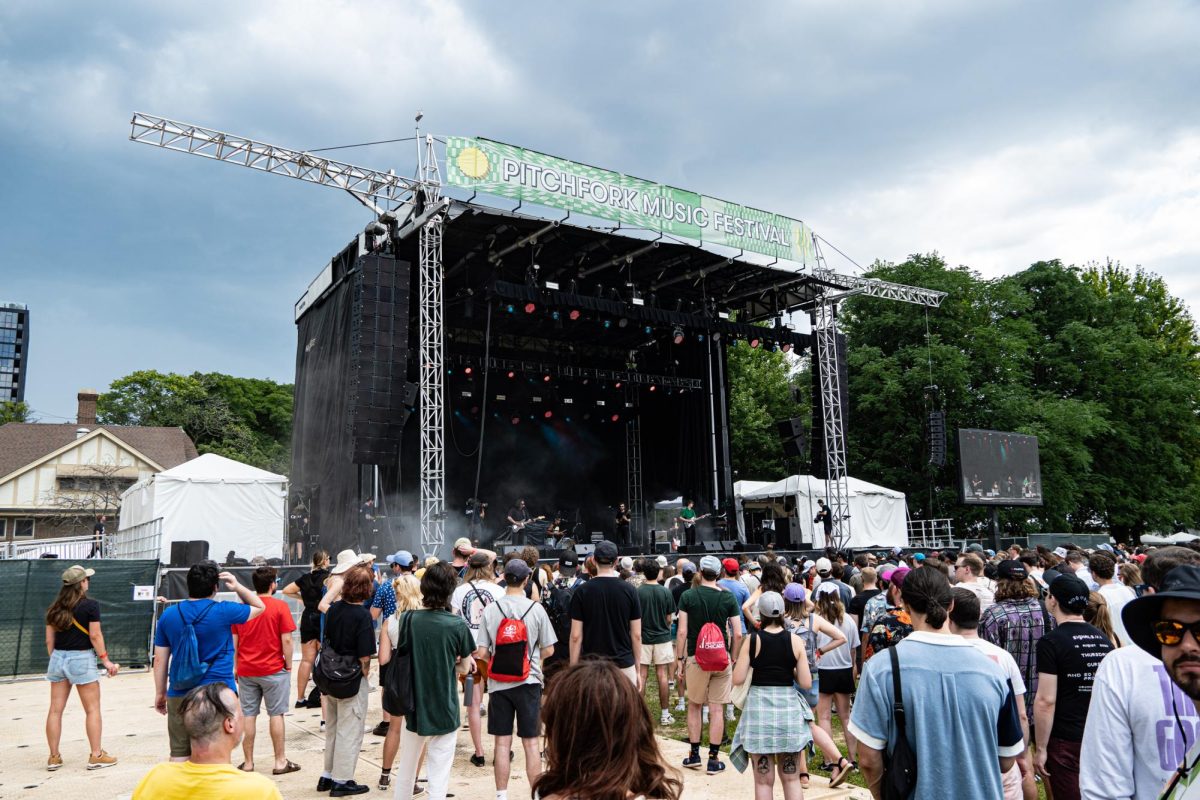Columbia is close to becoming a Hispanic-serving institution.
As of a report from spring semester 2022, 24% of the student body is Hispanic, just short of the 25% needed for the designation. The college stated that majority of first-year students enrolled fall 2023 identify as Hispanic or Latinx. When – not if – Columbia becomes a Hispanic-serving institution, given enrollment and demographic trends, the school will gain access to grants. But being a Hispanic-serving institution also will come with a responsibility to create a thriving environment for all Latino students.
For Hispanic Heritage Month, Columbia’s Student Diversity and Inclusion Department will be hosting four events to celebrate and learn about Hispanic culture. The offerings include: Movimiento Martes, a weekly event focused on dancing, a play called Juana and the Missing Mayan Book, a mental health conversation called la Cultura Cura and an excursion to Pilsen’s National Museum of Mexican Art.
These are all great events, but inclusion can’t just be the mission of a single office at the college.
SDI is extremely valuable to the POC community at Columbia, providing awareness and resources for students. The problem historically has been that while Columbia promotes diversity and inclusion it lacks action as an institution as a whole. As a result, Columbia has put an intensive task on SDI to provide for a student body in which 47% identify as people of color.
SDI Director Charee Mosby-Holloway told the Chronicle the office is doing what it can, “We are working with the budgets we have available to us, which means we have to get creative with how we provide support for us, to provide programs and space for our students, so I wouldn’t say we have the most robust budget, but we try to be responsible and be good stewards.”
Latino students have their own unique challenges. Some students have parents and or grandparents who can only speak Spanish. Some families just immigrated to the US. Some are the first in their families to go to college.
The college does recognize that.
Danne Wendel, a student ambassador, said Columbia doesn’t offer specific tours in Spanish “but we do have tour guides that speak Spanish and can do the tours if requested and are here.”
This is great to hear but Spanish-language tours shouldn’t depend on the availability of student ambassadors who speak the language.
The college also needs to work to recruit more Latino faculty. According to a survey in Spring 2023, just 20% of Columbia’s full-time professors are faculty of color. About half of those identified as Black. Just 3% of full-time faculty were Hispanic men and Hispanic women, as the Chronicle previously reported.
Now is the time to act. If we want to be a true Hispanic-Serving Institution in more than name, we will need a lot more action.














